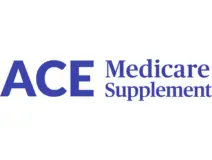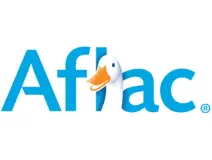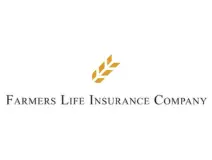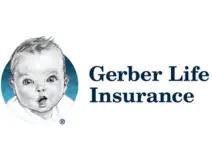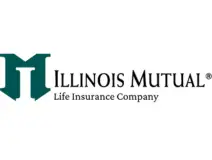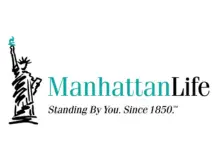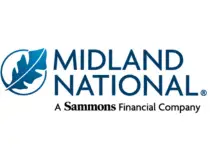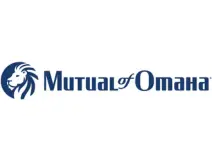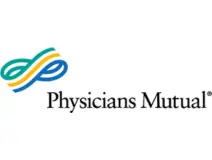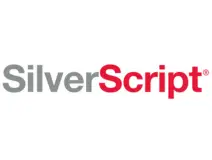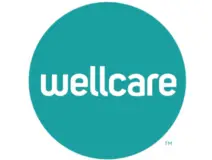Medicare 101
Medicare is a complex program.
Use this checklist to help you stay on top of the enrollment process and make it easier.

So you decide to go on to Medicare, what’s next?
You will need to reach out to Social Security to enroll in Medicare Part A and/or Part B (Original Medicare). If you are already receiving your Social Security benefits, you should get your Medicare card in the mail three months before your 65th birthday. If you have not received it, call the Social Security office at 800-772-1213 if you have already turned 65 and opted to wait until retirement to enroll in your Medicare Part B coverage. You will need to reach out to Social Security at SSA.Gov.
Medicare 101
Medicare is a federal program that provides healthcare coverage to individuals 65 years or older at a small cost. Original Medicare coverage is broken into two parts- Part A and Part B. Original Medicare is accepted by nearly every doctor and hospital in the country.
- Part A (Hospital Insurance): This part helps pay for overnight stays in the hospital, care in a nursing home (if needed after being in the hospital), and sometimes for help at home with things like nursing or therapy.
- Part B (Medical Insurance): This part helps pay for doctor visits, tests, and other medical services you get outside the hospital. It also covers some preventive care, like shots, to keep you from getting sick.
Medicare Parts A and B are excellent, but they still leave some costs for you to pay. Medicare Supplement (Medigap) plans are supplemental policies designed to help extend coverage, lessen expenses, and ultimately give beneficiaries peace of mind at all times.
- Coinsurance: 20% you might have to pay after Medicare pays its part.
- Copayments: Flat fees you pay for certain services, like $20 for a doctor’s visit.
- Deductibles: The amount you have to pay before Medicare starts covering anything.
- Emergency care when traveling: Medicare usually doesn’t cover you if you get sick in another country.
You should work with a licensed insurance agent to pick a Medicare Supplement Plan (Medigap) and Prescription Drug Plan (Part D) or Medicare Advantage Plan (Part C). If enrolling in a Medicare Advantage Plan, ask your agent if you need a stand-alone Prescription Drug Plan (Part D).
When you are New to Medicare, it can get overwhelming. Many are surprised to learn Medicare only covers 80% of your Part B expenses while you are expected to cover the other 20% out-of-pocket. If a serious illness were to come about, having to worry about the 20% you need to pay can be unexpected, confusing, and scary.
You should work with a licensed insurance agent to pick a Medicare Supplement Plan (Medigap) and Prescription Drug Plan (Part D) or Medicare Advantage Plan (Part C). If enrolling in a Medicare Advantage Plan, ask your agent if you need a stand-alone Prescription Drug Plan (Part D).
During your Initial Enrollment Period, you are guaranteed the right to purchase a Medicare Supplement Plan. Your health status will not affect your purchase during this seven-month period.
Medicare Part A

Medicare Part A (Hospital Insurance) helps pay for the cost of inpatient hospital care.
Part A (Hospital Insurance) helps cover the following:
- Inpatient care in hospitals (such as critical access hospitals and inpatient rehabilitation facilities)
- Inpatient care in a skilled nursing facility (not custodial or long-term care)
- Hospice care services and home health care services
Most people will not have to pay a monthly cost (premium) for Part A because they or their spouse paid Medicare taxes while working.
If you get benefits from Social Security or the Railroad Retirement Board (RRB), you automatically get Part A starting the first day of the month you turn age 65. If you are under age 65 and disabled, you automatically get Part A after you get disability benefits from Social Security or certain disability benefits from the RBB for 24 months. You will get your Medicare card in the mail 3 months before your 65th birthday or your 25th month of disability. If you have ALS (Amyotrophic Lateral Sclerosis, also called Lou Gehrig’s disease), you automatically get Part A the month your disability benefits begin.
If you are not eligible for premium-free Part A, you may be able to buy Part A if you meet the following conditions:
- You are 65 or older, and you are entitled to (or enrolling in) Part B and meet the citizenship or residency requirements.
- You are under age 65, disabled, and your premium-free Part A coverage ended because you returned to work.
- You have not paid Medicare taxes through your employment.
Medicare Part B

Medicare Part B (Medical Insurance) helps cover the following:
- Services from doctors and other healthcare providers
- Outpatient Care
- Home Health Care
- Durable Medical Equipment (like wheelchairs, walkers, hospital beds, and other equipment)
- Many Preventive Services (like screenings, shots, or vaccines, and yearly “Wellness” visits)
Medicare Part B (Medical Insurance) helps cover medically necessary doctor’s services, outpatient care, home health services, durable medical equipment, mental health services, and other medical services. Part B also covers many preventive services.
Additional services covered include:
- Ambulance services
- Ambulatory surgical centers
- Cardiac rehabilitation
- Emergency department services
If you’re enrolled in Original Medicare, it’s important to understand the costs you may be responsible for. If the Part B deductible applies, you are accountable for covering all the expenses (up to the Medicare-approved amount) until you meet the yearly Part B deductible. Once you meet your deductible, Medicare will pay its share, and you will typically pay 20% of the Medicare-approved amount (if the doctor or other healthcare provider accepts the assignment). It’s essential to remember that there’s no yearly limit on the amount you pay out of pocket if you have Original Medicare. However, if you have supplemental coverage like Medigap, Medicaid, employer, retiree, or union coverage, you may have limits on the expenses you pay. By being aware of these costs and your options for supplemental coverage, you can make informed decisions about your healthcare and avoid unexpected expenses.
If you do not sign up for Medicare Part B at the right time, you could be subject to a lifelong penalty.
Medicare Part C

Medicare Part C is also known as Medicare Advantage Plans (like HMOs and PPOs). These plans are offered by a private insurance company that contracts with Medicare. When you join a Medicare Advantage Plan, you will still have Medicare, but you will get most of your Medicare Parts A and B coverage from your Medicare Advantage Plan, not Original Medicare.
Medicare Advantage Plans provide all of your Part A (Hospital Insurance) and Part B (Medical Insurance) coverage and must cover medically necessary services. They generally offer additional benefits, and many include Part D prescription drug coverage. These plans often have networks, which means you may have to see the plan’s doctors and go to certain hospitals to get care.
Medicare Advantage Plans can save you money since out-of-pocket costs in these plans are generally lower than with Original Medicare alone. However, your cost will vary by the services you use and the type of policy you purchase. Each Medicare Advantage Plan can charge different out of pocket costs and have different rules for how you get services (like whether you need a referral to see a specialist or if you have to go to only doctors, facilities, or suppliers that belong to the plan).
PLAN OPTIONS CAN INCLUDE:
- Preferred Provider Organization (PPO)
- Health Maintenance Organization (HMO)
- Private Fee-For-Service (PFFS)
- Special Needs Plans (SNP)
- Medical Savings Account (MSA)
YOU CAN GENERALLY JOIN IF:
- You live in the service area of the plan you want to join
- You have Medicare Part A and Part B coverage
Changes you can make:
If you are enrolled in Medicare Advantage, you take advantage of two Medicare enrollment periods: Medicare Advantage Open Enrollment (January 1 – March 31) and the Annual Enrollment Period (October 15 – December 7).
During the Medicare Advantage Open Enrollment Period, you can:
- Go back to Original Medicare and join a Part D prescription drug plan (if needed)
- Switch to another Medicare Advantage plan (with or without drug coverage)
During the Medicare Open Enrollment Period (also known as the Annual Enrollment Period), you can:
- Drop Medicare Advantage and go back to Original Medicare (or vice versa)
- Switch to another Medicare Advantage plan (with or without drug coverage)
- Join, switch, or drop a Part D prescription drug plan
Medicare Part D

Medicare Part D is the prescription drug plan. You must have Part A and/or Part B to join a separate Medicare drug plan. Most people will pay a monthly premium for this coverage. Everyone with Medicare can get this coverage. It may help you lower prescription drug costs and help protect against higher costs in the future. Private companies provide the coverage. You choose the drug plan (there are many from which to choose) and pay a monthly premium. If you decide not to enroll in a drug plan when you are first eligible, you may have to pay a penalty if you join later.

